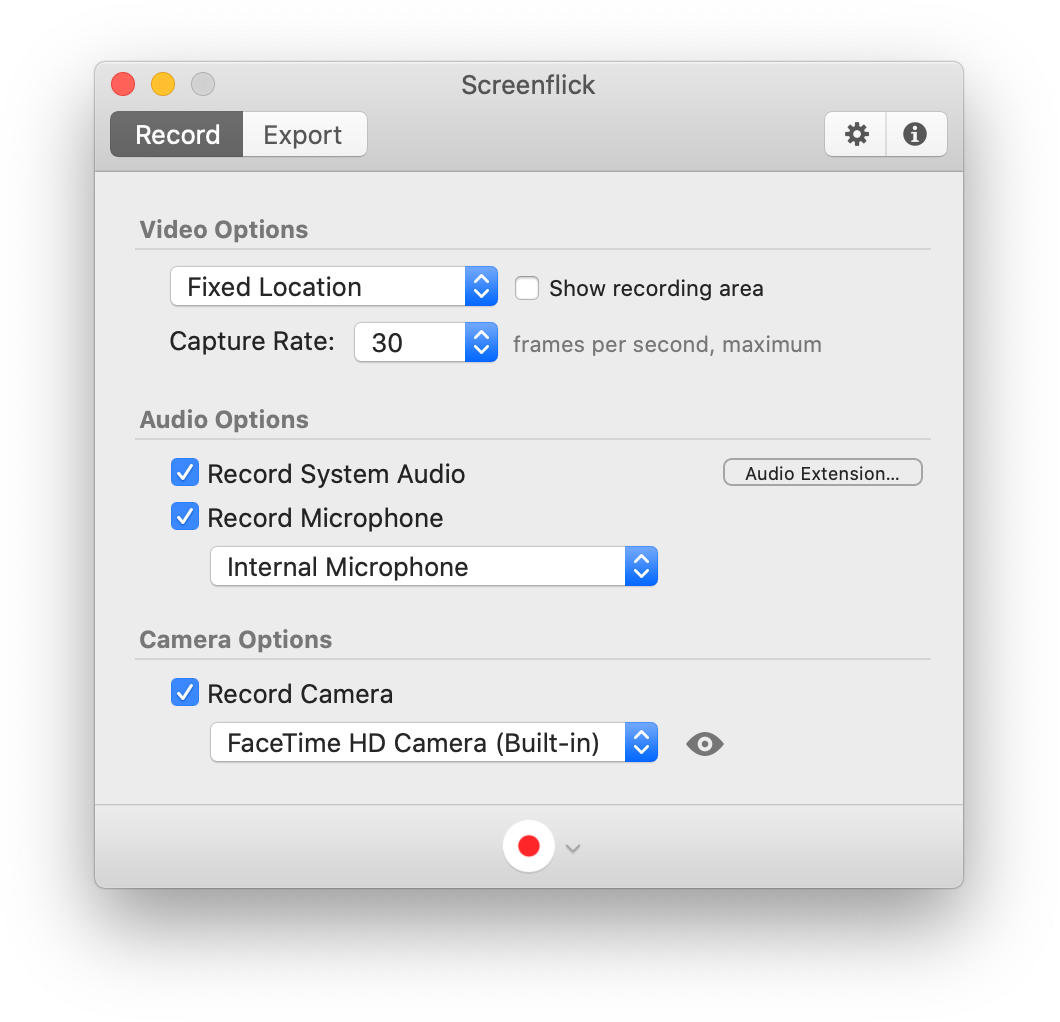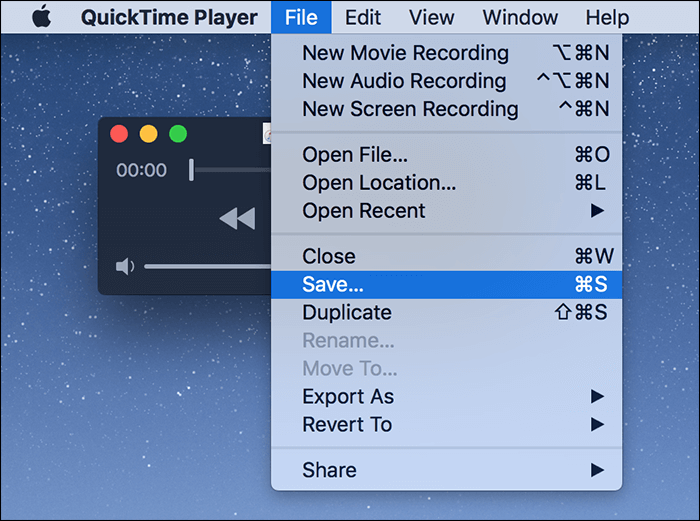
Enter a name for the recording and decide which folder you want to save it. After that, click "File" again and choose "Save". To start recording, simply click and then customize an area to record your screen. (Note that in some old version, there's no support for an external microphone.) Step 3 Start and Stop Recording If you want to use an external microphone, choose "Built-in Input: Line In". If you want to record your voice with a built-in microphone, choose "Built-in Microphone: Internal Microphone". There are "None", "Built-in Input: Line In" and "Built-in Microphone: Internal Microphone" for you to choose.

Step 2 Adjust Recording Settingsīefore starting to record, you should click the down-arrow icon next to the "Start" button to adjust the recording settings, mainly the sound settings.

From the drop-down list, select "New Screen Recording" and a screen record box will pop up. Then go to the top menu bar and click "File". Locate QuickTime Player from your Applications folder and launch it. Let's see how to screen record with QuickTime. Unlike the built-in tool on Mojave, QuickTime supports all modern models of Mac. The built-in tool is always something you should try before you go looking for extra help. The first shortcut we are going to introduce is something already on your computer – QuickTime Player. Screen Record with TunesKit Screen Recorder 1. Screen Record with Free Online Chrome Extension 3.


 0 kommentar(er)
0 kommentar(er)
